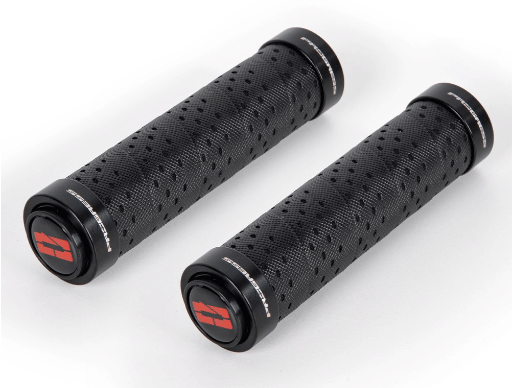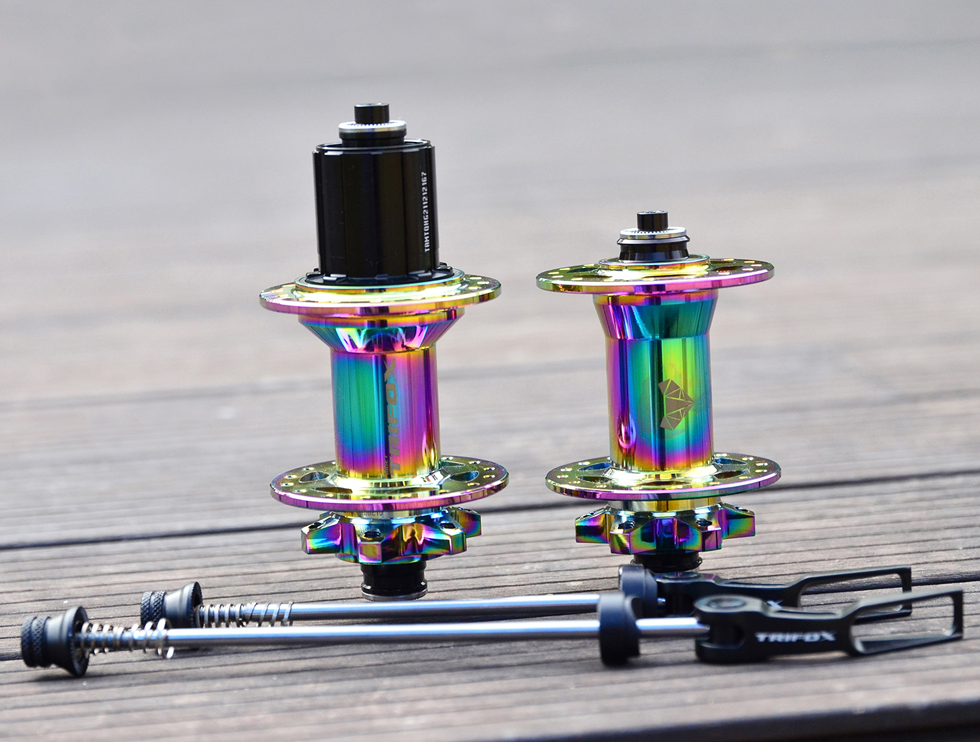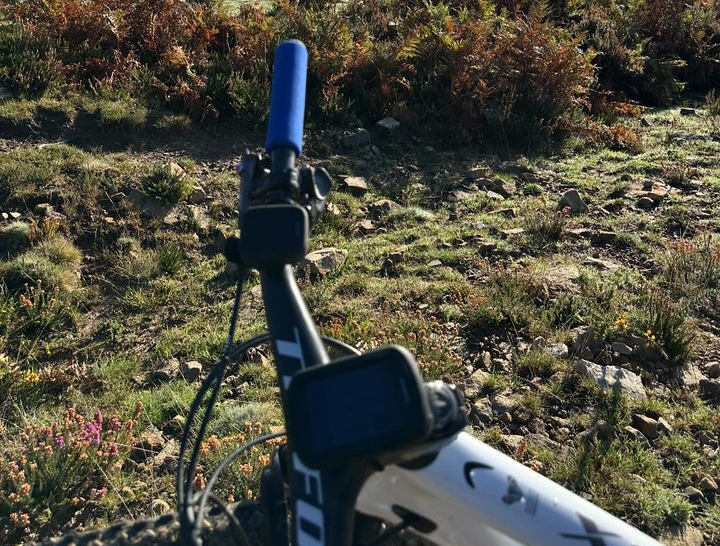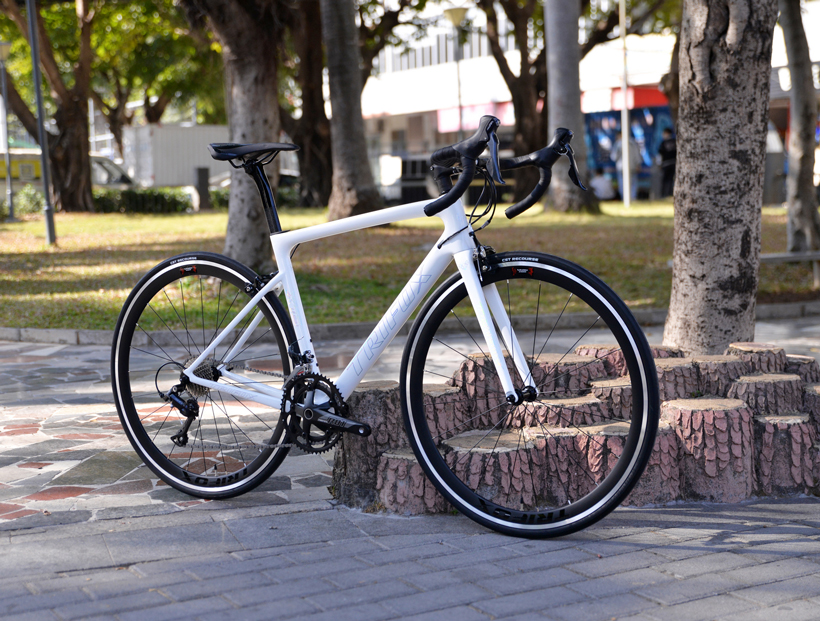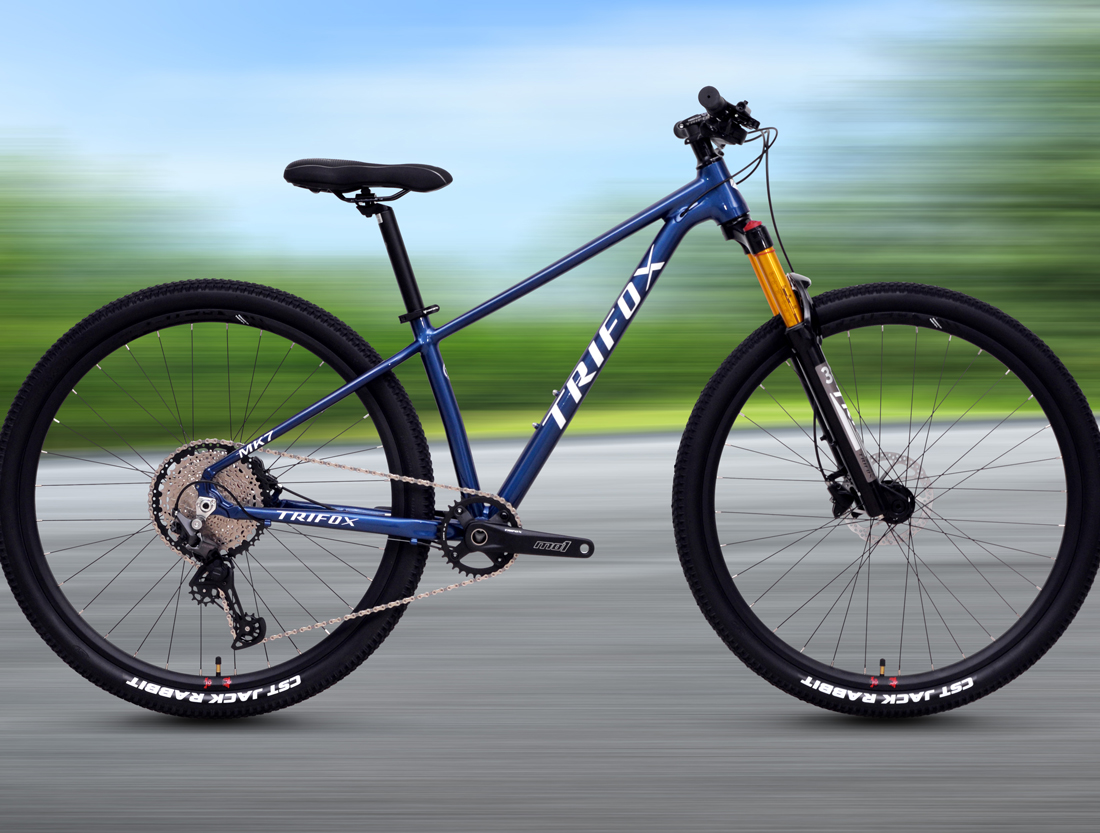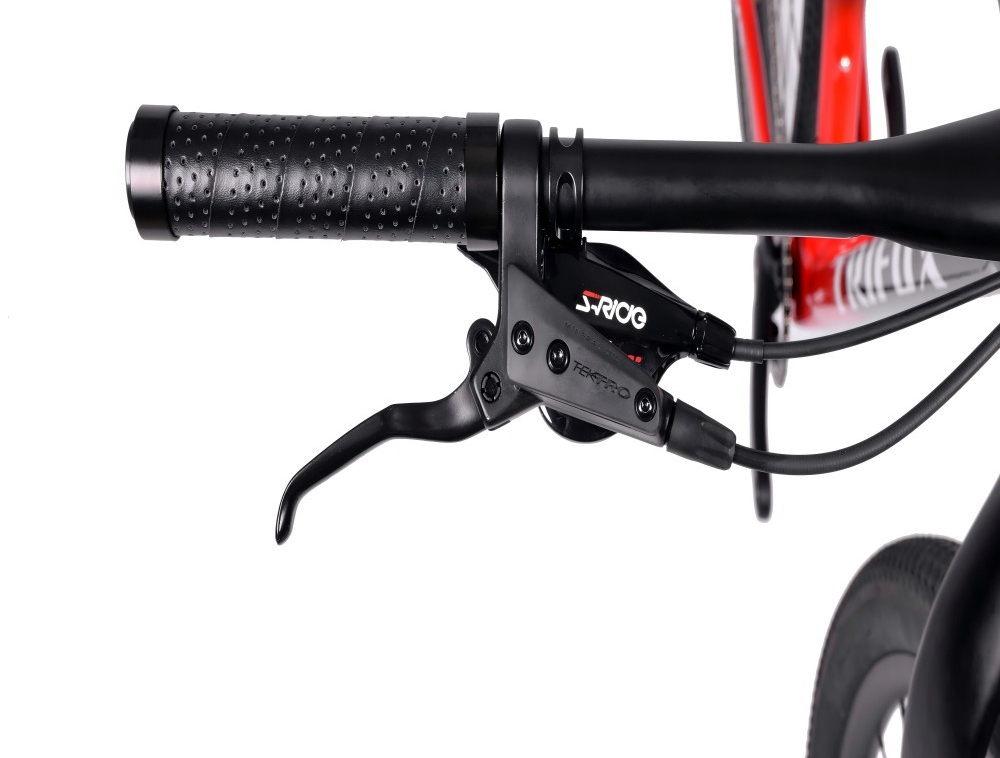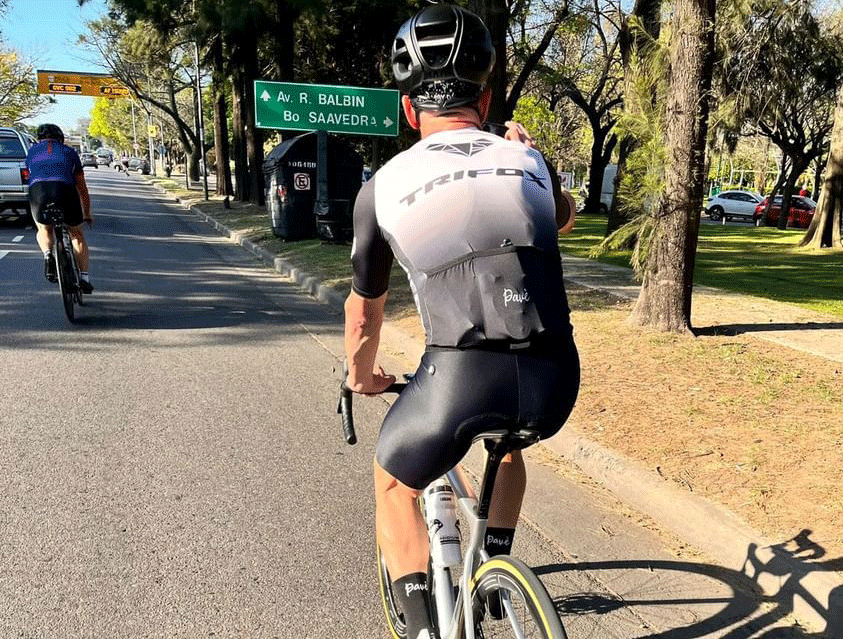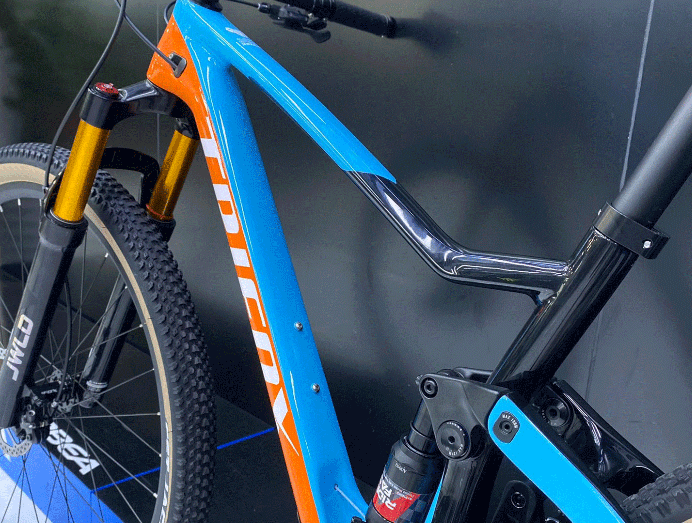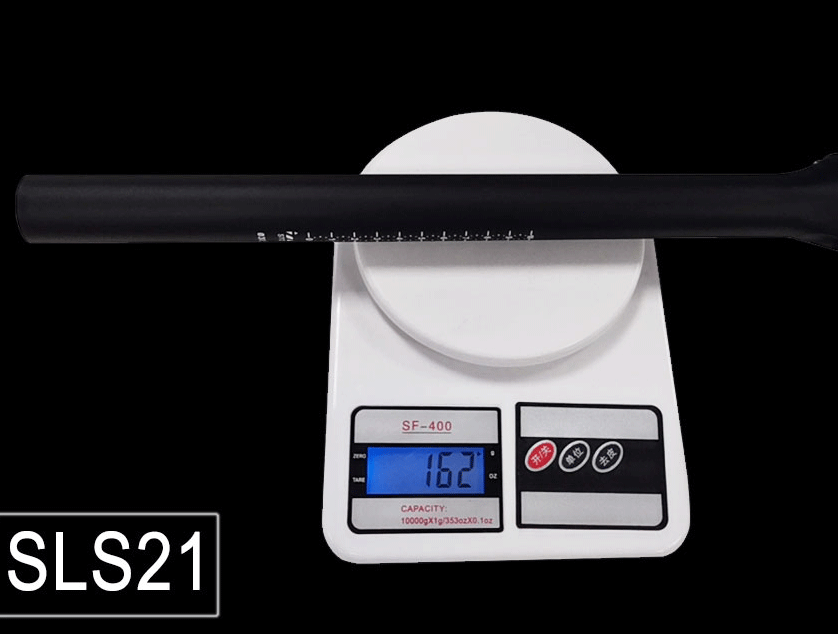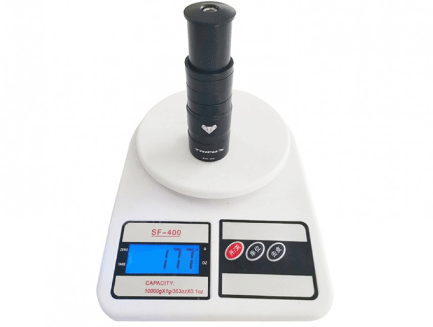As a cyclist, you know how important it is to have a comfortable grip on your bike's handlebars. One way to achieve this is by wrapping your handlebars in a high-quality grip tape. Handlebar wraps not only provide comfort, but they also improve your bike's grip, reduce numbness, and improve the overall aesthetics of your bike. In this comprehensive guide, we will cover everything you need to know about road bike handlebar wraps, including installation and maintenance.
Section 1: Types of handlebar wraps
There are several types of handlebar wraps available in the market, ranging from synthetic cork to silicone gels. Synthetic cork handlebar wraps are popular, especially among road cyclists, as they are lightweight and provide excellent cushioning. Silicone gels, on the other hand, are ideal for off-road cyclists as they offer superior vibration damping. Choosing the right handlebar wrap depends on your preference and type of cycling. For instance, if you're a road cyclist, synthetic cork wraps are a good fit.
Section 2: Installation of handlebar wraps
Before installing your handlebar wrap, you'll need to remove the old tape and clean your handlebars thoroughly. Once you've done that, start wrapping from the top, leaving a few centimeters outside the handlebars, and work your way down, rotating the handlebars as you go. Keep the wrap tight and use electrical tape to secure the end. When you reach the brake levers, cut the wrap and secure the end with electrical tape. Remember to ensure that the wrap is even and free of creases to avoid any discomfort while riding.
Section 3: Maintenance of handlebar wraps
Maintaining your handlebar wraps is crucial in ensuring their longevity and functionality. Regular cleaning with soapy water and a soft cloth will remove any dirt and sweat that could compromise the grip. You can also use rubbing alcohol to remove any adhesive residue. When cleaning, avoid using harsh detergents or abrasive materials that could damage the wrap.
Section 4: Common mistakes when installing handlebar wraps
One common mistake cyclists make when installing handlebar wraps is failing to leave enough tape at the edges of the handlebars, which exposes the metal and can cause discomfort while riding. Another mistake is wrapping the handlebars too tightly, causing the wrap to lose its cushioning properties. Additionally, not cleaning the handlebars before installation can trap dirt and sweat beneath the wrap, causing discomfort and reducing the durability of the wrap.
Conclusion:
In conclusion, handlebar wraps are an essential component of your road bike. Apart from providing comfort, handlebar wraps improve your bike's grip, reduce numbness, and improve the overall aesthetics of your bike. Choosing the right wrap, installing it correctly, and maintaining it regularly will ensure that you get the most out of your handlebar wraps. Use this comprehensive guide to handlebar wraps to help you make an informed decision, install it correctly, and maintain it efficiently. Happy cycling!
